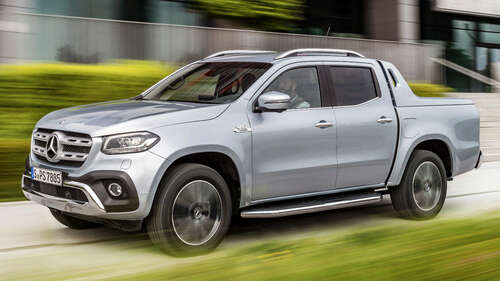
Even though American pickup buyers prefer full-size trucks like the Ford F-150 and the Nissan Titan, smaller models like the Ranger and the Frontier still sell well, appreciated for their superior maneuverability, off-road ability, and fuel efficiency. These smaller trucks are not chosen by those who want to do a lot of towing, which is one of the main reasons why so many Americans buy pickups in the first place, since they can pull massive loads. Smaller pickups, however, are better for getting around a construction site or inspecting power lines located in the middle of a forest.
The fact that the X-Class was sold as a more luxurious pickup could also have allowed it to find favor with American buyers, who are buying ever more lavishly equipped trucks. Even the idea of a pickup truck with a Mercedes-Benz three-pointed star on the hood could have been enough for some to buy one, but we will never know how it could have performed, because Mercedes ended the discussion very early on when it said it had no plans to bring the X to the States.
Mercedes also may have decided against U.S. sales because the X-Class would have ended up costing more than its comparable midsize truck rivals. It is a well-known fact that manufacturers outside America’s big three (GM, Ford, and Chrysler) have always struggled to sell pickups, even when their offerings were technically competent and keenly priced, so it could also have been that Mercedes didn’t even want to try to make the X work in the American brand-centric U.S. pickup segment.

